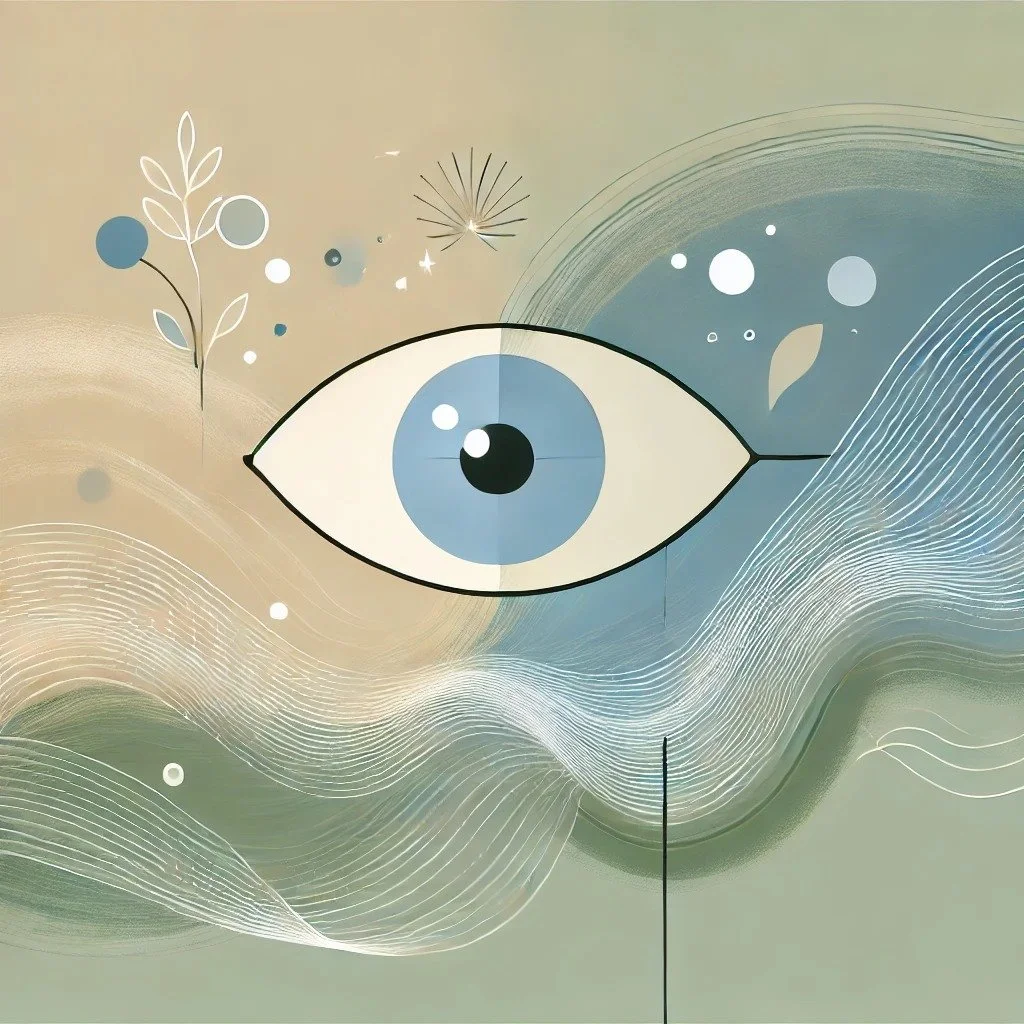Adult Therapy
The Process
You might wonder which therapeutic modality—EMDR, CBT, Psychoanalysis or Psychodynamic Therapy—will best suit your needs and whether an assessment is necessary before starting therapy. These questions are, in fact, integral parts of the therapeutic journey itself.
During our initial sessions, we will collaboratively explore the challenges you’re facing, clarify the symptoms and difficulties you’re experiencing, and uncover their underlying origins. This careful exploration guides us in creating a personalised and effective treatment plan tailored specifically to your needs.
My practice is deeply anchored in EMDR and psychoanalytic principles - trauma focused. While continually integrating insights, tools and effective techniques from other proven modalities, such as Cognitive Behavioural Therapy (CBT), neuroscience, and social sciences.
EMDR
-
When you hear EMDR, your mind might jump to PTSD or trauma—yes, it's excellent for trauma treatment, and I often use it for that purpose. But it's not limited to trauma alone; hear me out:
EMDR (Eye Movement Desensitization and Reprocessing) is a revolutionary therapy that I genuinely enjoy practising because of its versatility. I prefer using EMDR as a targeted, problem-focused approach. Together, we identify a specific issue or target (such as fear of driving, public speaking anxiety, grief, etc.) that you wish to address. We then develop a clear targeting sequence and systematically work through it, starting from the source of the issue.
The underlying theory of EMDR therapy suggests that traumatic events occur when the brain struggles or fails to adequately process certain information due to high emotional intensity or distress.
Let's consider an example:
If someone was mocked during a school presentation and felt extremely uncomfortable or upset, many years later, as an adult, they might face a similar presentation scenario. Despite the situation being different, they could unexpectedly experience the same feelings again. Even with improved presentation skills, breathing techniques, and control methods, that original emotion may persist, interfering with their ability to learn or perform effectively.
Information isn't stored in our brains strictly as past, present, or future but rather in an associative manner. Consequently, feelings or memories from the past can affect present and future situations—and vice versa.
With EMDR, the goal is to reprocess the problematic information causing unsettling feelings. We use guided eye movements, which are believed to mimic the natural healing processes our brains engage in during deep sleep, effectively helping us to integrate and heal.
Psychoanalysis
-
Often, when people hear "psychoanalysis," their minds jump to Freud, sexuality, hysteria... But what does it actually stand for today?
To practice psychoanalysis, the therapist must first undergo extensive personal work (5-10 years). Practitioners themselves embark on a journey of deconstructing their own self and fantasies, aiming to deeply understand unconscious mechanisms and how they operate. This self-awareness allows therapists to suspend their own thoughts, judgments, and viewpoints while supporting clients. It prevents therapists from becoming entangled in their own inner conflicts when listening to clients' challenges.
Psychoanalysis began as a method to explore the unconscious. Today, I would describe it as an experience—a usually long-term therapy with transformative outcomes. Changes occur throughout the treatment, such as reduced anxiety, reflective insights into behaviours, and a deeper understanding of our struggles, their roots, triggering situations, and repetitive life patterns.
Throughout therapy, individuals gain clearer information about their unconscious. They often recognise repeated situations, noticing patterns that keep emerging despite different contexts, identifying the impulse towards repetition. It's also an exploration of meaning when encountering a lack of purpose or a sense of emptiness, questioning why we pursue things that aren’t good for us, understanding why certain desires don't bring fulfilment, and making sense of the journey we’re on.
For me, psychoanalysis is a life accelerator—an invitation to connect with the unconscious rather than avoiding it.
Traditionally, psychoanalytic treatment takes place on a couch (divan), where the patient lies down facing away, with the therapist usually positioned behind them. We believe this setup helps to suspend the client’s focus from the therapist’s presence, allowing concentration solely on inner thoughts.
The space provided is one of freedom—an invitation to welcome all thoughts without judgement, pity, or ideas of right and wrong. It's a space free from social masks. Symptoms are viewed as a language one doesn't yet speak.
Psychoanalysis can begin with simple questions or demands like, "I want to know who I am," "What do I really want?" "How did I get here?" or "Why do I keep finding myself in similar situations?" These initial questions can lead to profound, life-changing insights and decisions.
The therapy typically starts with an introductory session to determine suitability. It's particularly beneficial for introspective individuals who like questioning meaning and exploring the roots of their decisions and issues.
"Psychoanalysis is like walking into the mirror, and going past it to uncover what's behind that image."
Talk Therapy
-
EMDR sessions are 1 hour and 30 minutes long, as recommended.
Talk therapy sessions are between 50-55 mins.



